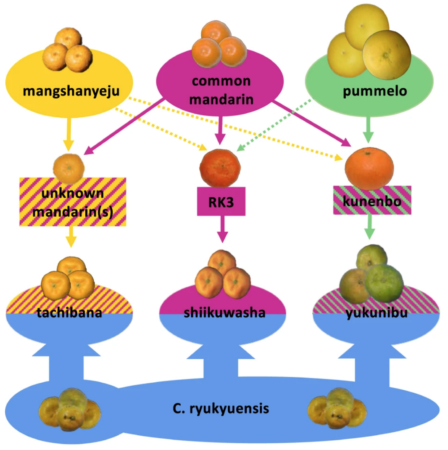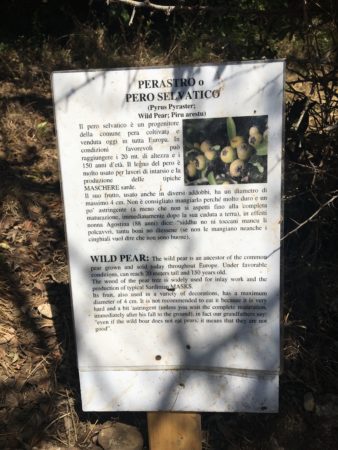Brainfood: Predicting society, Andean Neolithic, Ancient watermelon, Iberian silos, Scythian lifeways, Rabbit domestication, British cockerels, Azeri buffaloes, E African caprines, Persian fruit miniatures
- Duration of agriculture and distance from the steppe predict the evolution of large-scale human societies in Afro-Eurasia. Large, complex human societies arise where there is a long history of agriculture and war; and not, interestingly, where potential productivity is highest.
- Diet, Mobility, Technology, and Lithics: Neolithization on the Andean Altiplano, 7.0–3.5 ka. It seems the rise of large, complex societies arose in the Andes is associated with the change in projectile technology from atlatl to archery.
- Three-dimensional X-ray-computed tomography of 3300- to 6000-year-old Citrullus seeds from Libya and Egypt compared to extant seeds throws doubts on species assignments. Meanwhile, across the Atlantic, people were snacking on watermelon seeds.
- From the earliest farmers to the first urban centres: a socio-economic analysis of underground storage practices in north-eastern Iberia. You can track socioeconomic changes in ancient Iberian cultures (c. 5600–50 BC) via the size and morphology of their grain silos. No word on projectile technologies nor watermelons though.
- Re-evaluating Scythian lifeways: Isotopic analysis of diet and mobility in Iron Age Ukraine. Meanwhile, back on those steppes, 700-200 BC, some people were relatively settled, with their agro-pastoralism and millet agriculture, while others moved. So much for warlike nomads. Must have had watermelons by then, surely.
- Why were New World rabbits not domesticated? Because they’re solitary, dispersed and there’s too many different types. Most North American evidence of management comes from Teotihuacan, ~AD 1–550.
- Estimating the age of domestic fowl (Gallus gallus domesticus L. 1758) cockerels through spur development. In Britain, Iron Age and Roman cockerels died way too old to have been kept for meat, and were thus probably also used for rituals and cockfighting. No word on the Killer Rabbit of Caerbannog.
- The earliest water buffalo in the Caucasus: shifting animals and people in the medieval Islamic world. The water buffalo came to Azerbaijan with Islam in the 7-9th centuries.
- Collagen fingerprinting traces the introduction of caprines to island Eastern Africa. Goats from the 7th century CE, sheep a couple hundred years later. No word on water buffaloes.
- An illustrated review on manifestation of pome fruit germplasm in the historic miniatures of ancient Persia. 14-18th century Persian artists had a thing for pears, quinces and apples, and drew them very accurately.
Boffins unravel mandarins
I was just going to include the paper Diversification of mandarin citrus by hybrid speciation and apomixis in a forthcoming Brainfood, but the very different approaches taken in the two articles on the paper that I have seen convinced me to give it a bit more space.
The piece in The Packer has very much the industry take, and highlights the contribution of the University of Florida authors: this new information will make breeding easier, including to fight citrus greening.

On the other hand, the press release from the Okinawa Institute of Science and Technology makes much more of how the paper unravels the origin of shiikuwasha and tachibana, which are culturally important citrus fruits in Japan, though not very significant economically.
Something for everyone.
Nibbles: Training materials double, Tree platform double, Wild rabbit, Economic value
- Crawford Fund training materials for high schools include discussion of genebanks.
- And that would go quite well with this graphic novel on natural selection in Mimulus from Health in Our Hands.
- There’s a Global Tree Knowledge Platform from ICRAF…
- …which could probably be usefully mashed up with the restoration platform Restor.
- The Sumatran striped rabbit makes a rare appearance. On Facebook.
- The World Bank makes the economic case for all of the above. Well, maybe except the Sumatran rabbit.
Going wild among the nuraghe
Ever since I was a kid I’ve wanted to visit the Sardinian Bronze Age megalithic edifices known as nuraghe. Finally managed it last week. Very exciting. And what should I find at Lu Brandali?

Yes, you guessed it: a crop wild relative.
Day made.
